In the field of medical injection molding, product shrinkage (surface depressions or dimensional shrinkage) is a core defect that affects the precision and safety of medical devices. Take the piston of a medical syringe as an example; a 0.1 - millimeter shrinkage can lead to seal failure and trigger medical accidents. This article systematically analyzes the causes of shrinkage from four dimensions—material, process, mold, and equipment—and provides targeted solutions, taking into account the special characteristics of the medical industry.
I. Material Characteristics: The Uniqueness of Medical - Grade Plastics
Common medical - grade plastics used in injection molding, such as PC (polycarbonate), PPSU (polyphenylsulfone), and PEEK (polyether ether ketone), have significantly different shrinkage rates:
-
PC shrinkage rate: 0.5 - 0.7%: The mold temperature needs to be precisely controlled (80 - 120°C). Excessive mold temperature can lead to changes in crystallinity and cause shrinkage.
-
PPSU shrinkage rate: 0.8 - 1.2%: Due to its high - temperature resistance, beryllium - copper inserts (with a thermal conductivity of 300 W/m·K) should be used in the mold to enhance cooling.
-
PEEK shrinkage rate: 1.5 - 2.0%: The micro - cellular injection molding (MuCell process) should be adopted, where supercritical CO₂ is used to generate micro - pores to compensate for shrinkage. Tests have shown that this can reduce shrinkage by 58%.
Case: When a company was producing PEEK spinal fusion cages, by adding 5% nano - calcium carbonate filler, the shrinkage rate was reduced from 1.8% to 1.3%, and the product qualification rate increased by 42%.
II. Process Parameters: Precision Control for Medical - Grade Products
1. Temperature Control
-
Melt temperature: For medical - grade PC, it is recommended to be 260 - 280°C. Excessive melt temperature can cause molecular chain breakage, while insufficient temperature can lead to poor fluidity. Tests by a company show that for every 5°C increase in melt temperature, the shrinkage rate increases by 0.03%.
-
Mold temperature: For precision medical parts, variable mold temperature technology (heating with steam to 150°C and then rapidly cooling to 60°C) should be used to make the surface solidify first and lock the shape, while the interior shrinks slowly.
2. Pressure Management
-
Packing pressure: It should reach 90 - 100% of the filling pressure and be maintained for 2 - 3 seconds to fill the shrinkage voids, and then reduced to 50 - 60% until the gate solidifies. A company has achieved a shrinkage depth reduction of 0.05 mm by using in - mold pressure sensors for closed - loop control to keep the packing pressure fluctuation within ±2%.
-
Injection pressure: For medical - grade thin - walled parts (wall thickness < 0.5 mm), high - pressure injection (150 - 200 MPa) combined with slow injection (< 30 mm/s) should be used to reduce false fullness caused by shear densification.
3. Time Control
-
Packing time: It should cover 80% of the wall - thickness cooling time. For a 2 - mm wall thickness, the cooling time is about 15 seconds, and the packing time should be ≥ 12 seconds.
-
Cooling time: For medical - grade products, the cooling time should be extended to more than 30 seconds to ensure complete solidification. A company has increased the cooling efficiency by 40% and reduced the shrinkage rate by 35% through conformal cooling waterway design.
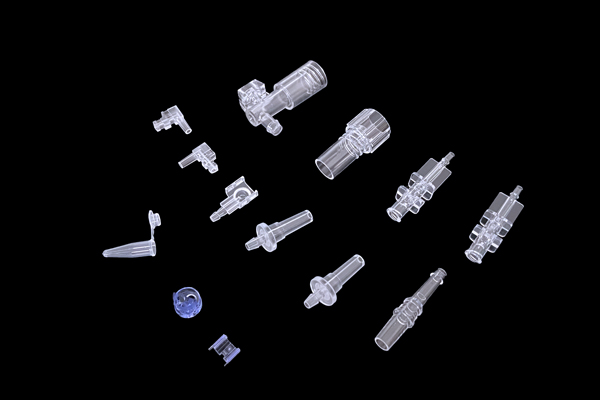
III. Mold Design: Requirements for Medical Compliance
1. Gating System
-
Gate location: It should preferably be in the thick - walled area (distance ≤ 3 times the wall thickness), and fan - shaped gates or pin - point gates can be used to extend the packing time. For medical catheter connectors, valve - pin gates are used for segmented packing control, reducing the shrinkage depth from 0.2 mm to 0.05 mm.
-
Runner size: For medical - grade PC, the main runner diameter should be ≥ 8 mm to avoid poor filling. A company has reduced the shrinkage rate by 28% by increasing the main runner diameter to 10 mm.
2. Cooling System
-
Waterway layout: For thick - walled areas, the waterway spacing should be ≤ 8 mm, and conformal cooling waterways or beryllium - copper inserts can be used. For medical implants, 3D - printed conformal cooling waterways have improved cooling uniformity by 60% and reduced the shrinkage coefficient of variation from 0.15 to 0.08.
-
Mold temperature control: For medical - grade products, the mold temperature difference should be ≤ 3°C, and the mold temperature in thick - walled areas can be increased by 10 - 20°C to delay surface solidification. A company has improved the shrinkage consistency by 50% by using a mold temperature controller to keep the mold temperature fluctuation within ±1°C.
3. Venting Design
-
Venting slots: For medical - grade molds, venting slots with a width of 0.02 - 0.05 mm should be opened in areas prone to shrinkage to avoid air entrapment. A company has reduced the shrinkage rate by 45% by increasing the number of venting slots.
IV. Equipment Maintenance: Reliability Guarantee for Medical - Grade Production
1. Screw wear
Medical - grade plastics are sensitive to screw wear, and regular inspections are required (it is recommended to inspect every 5,000 mold cycles). After a company replaced worn screws, the error in melt metering was reduced from ±3% to ±1%, and the shrinkage rate was reduced by 22%.
2. Nozzle blockage
Medical - grade plastics are prone to decomposition and produce carbon deposits that can block the nozzle, so daily cleaning is necessary. A company has reduced the scrap rate caused by shrinkage from 8% to 2% by using a self - cleaning nozzle design.
3. Hydraulic system
Medical injection molding machines should use servo hydraulic systems to ensure pressure stability. After a company upgraded its hydraulic system, the pressure fluctuation was reduced from ±5% to ±1%, and the coefficient of variation of shrinkage depth was reduced from 0.12 to 0.06.
V. Special Solutions for the Medical Industry
1. Material modification
Adding 3 - 5% nano - fillers (such as nano - calcium carbonate) can reduce the shrinkage rate by 10 - 15% while improving the material strength. A company has reduced the PEEK shrinkage rate from 1.8% to 1.5% through material modification, meeting the precision requirements of orthopedic implants.
2. Process innovation
-
Sequential valve gating (SVG): It can be used for sequential packing in different areas to solve the shrinkage problem of large medical equipment housings. After a company adopted SVG technology, the shrinkage depth of the housing was reduced from 0.3 mm to 0.1 mm.
-
In - mold shrinkage compensator: It can compress the material again during the ejection stage to compensate for shrinkage. After a company installed a compensator, the shrinkage rate was reduced by 60%.
3. Intelligent monitoring
Deploying in - mold pressure sensors and infrared temperature measurement systems can monitor key parameters in real - time. After a company implemented intelligent monitoring, the time to detect shrinkage problems was shortened from 2 hours to 10 minutes, and production efficiency increased by 30%.
Conclusion
The problem of shrinkage in medical injection molding needs to be solved systematically from the four aspects of material selection, process optimization, mold design, and equipment maintenance. By adopting high - precision control technologies (such as variable mold temperature and conformal cooling waterways), intelligent monitoring systems (such as in - mold pressure sensors), and material modification solutions (such as adding nano - fillers), the dimensional accuracy and surface quality of medical injection - molded parts can be significantly improved. After a company implemented the above comprehensive solutions, the shrinkage rate of medical products was reduced from 12% to 2%, saving more than 5 million yuan in rework costs annually and providing a replicable lean production model for the industry.
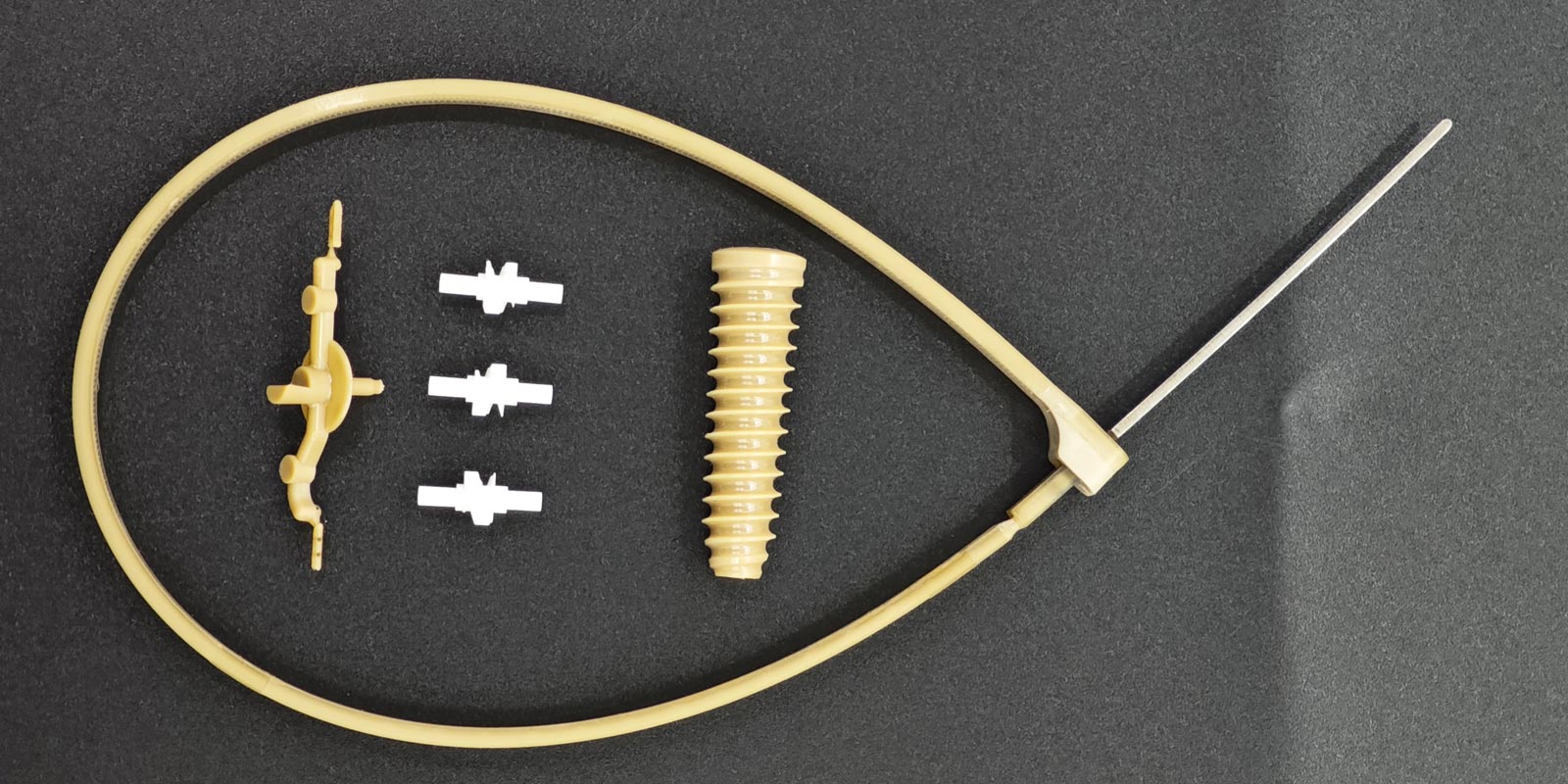
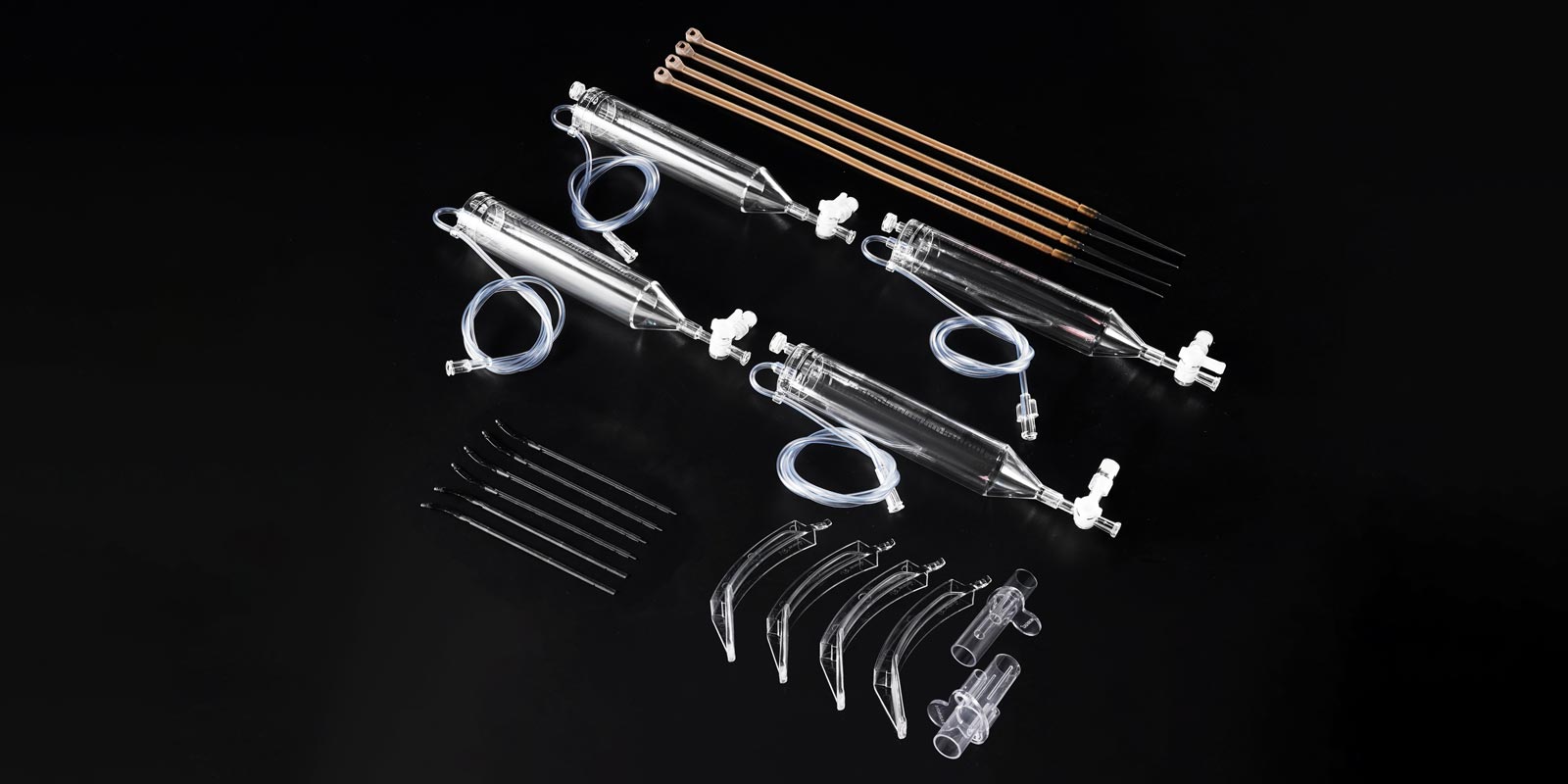
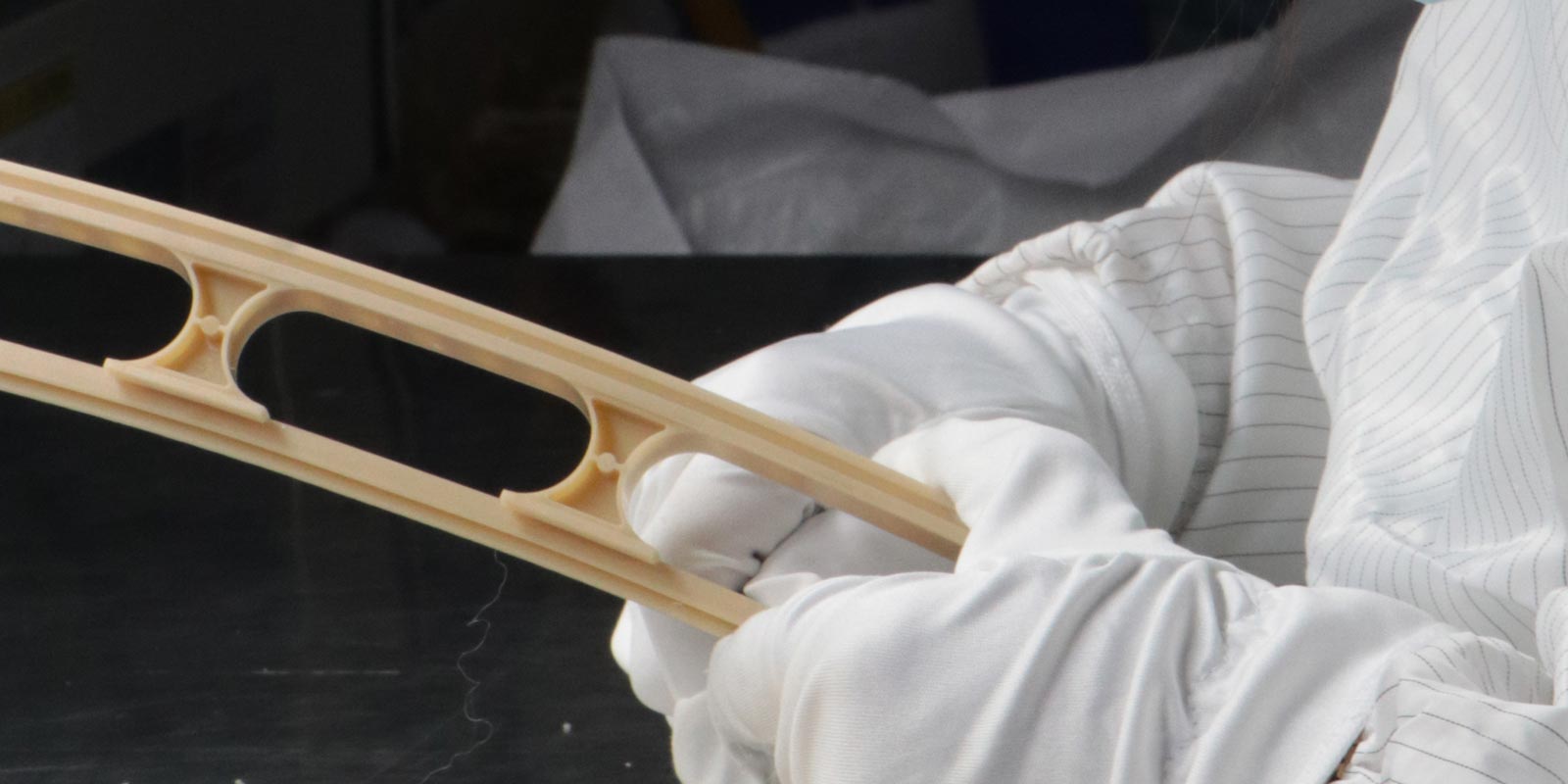
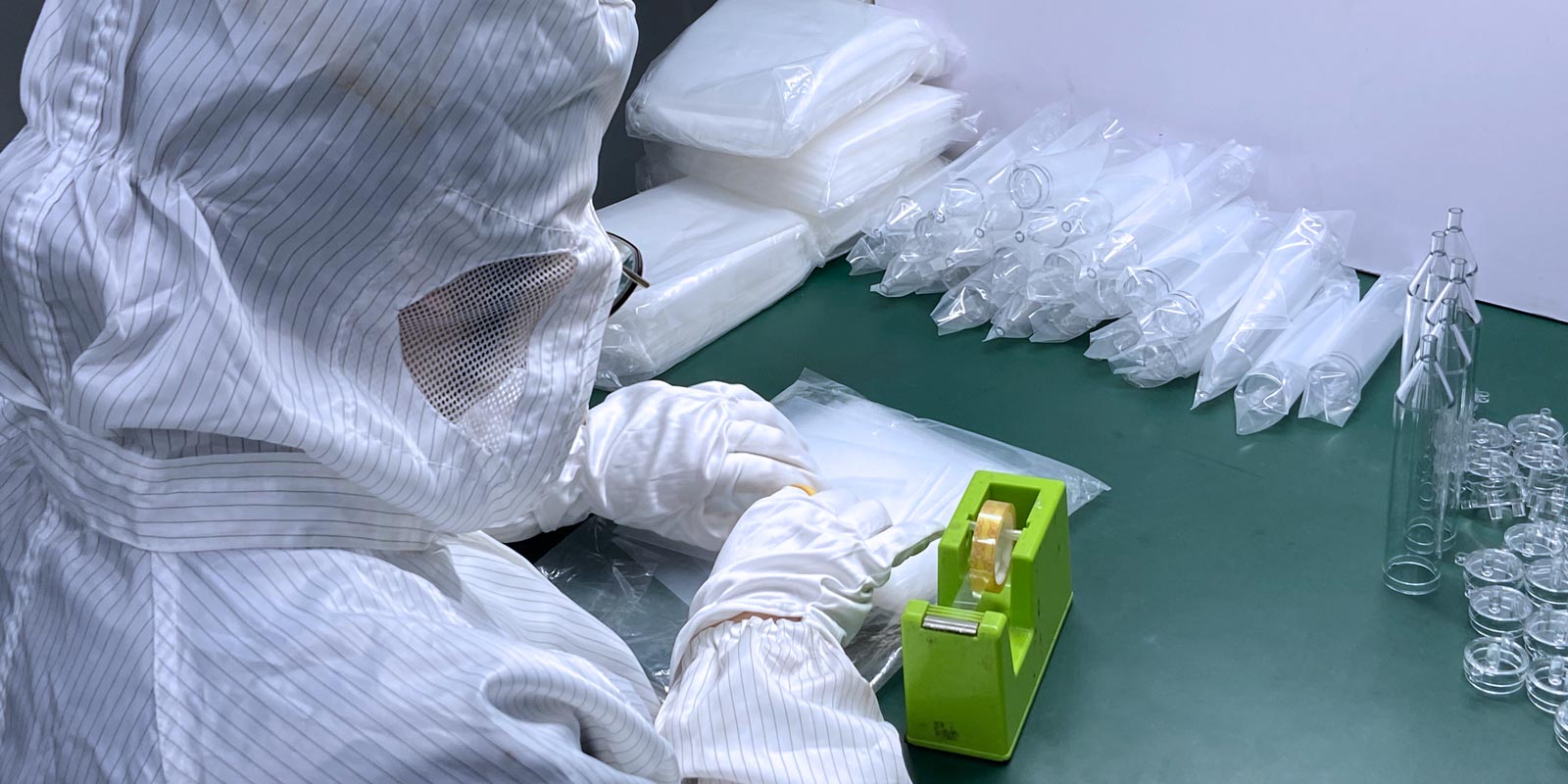
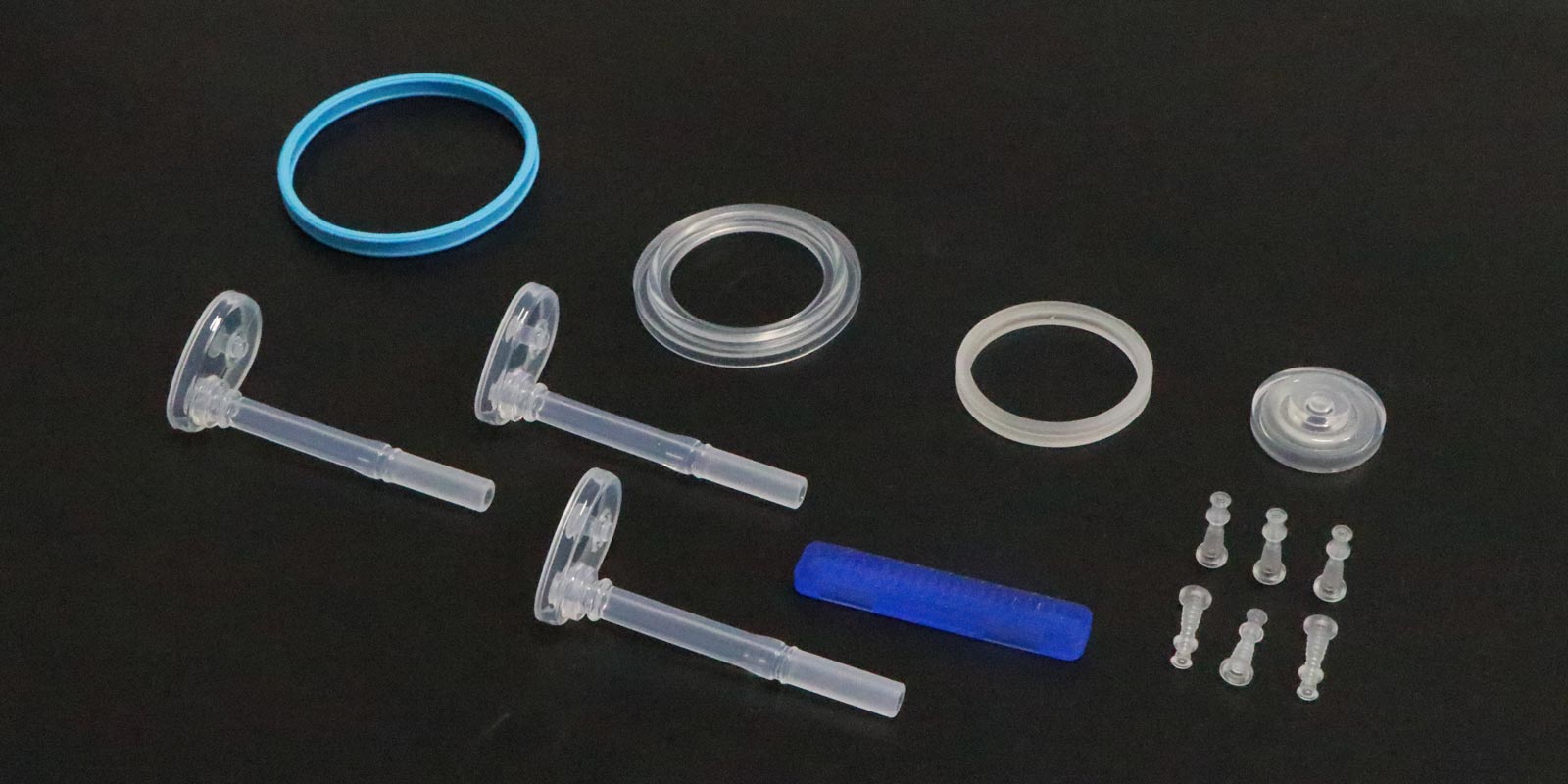
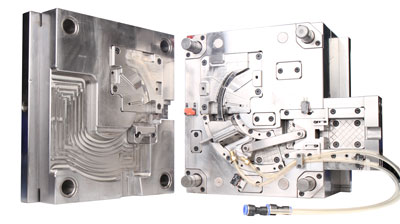
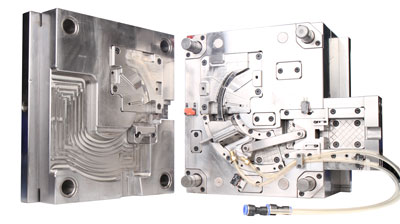
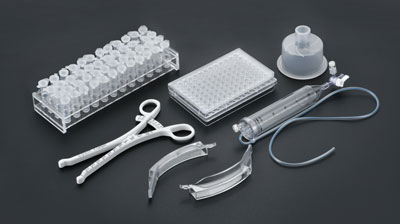
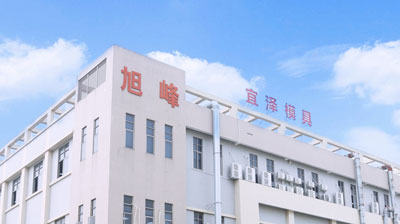







 Home
Home
